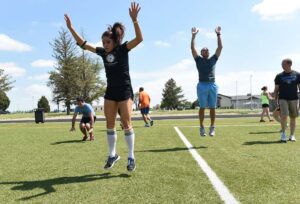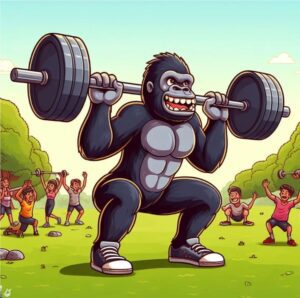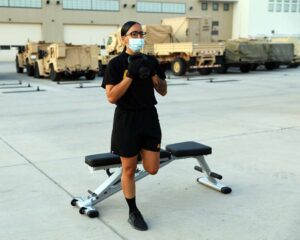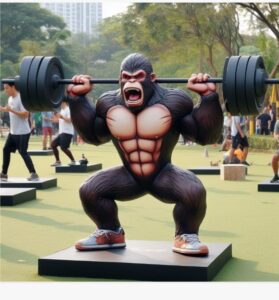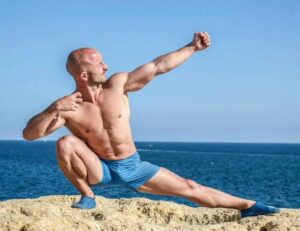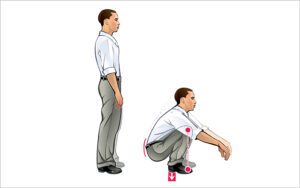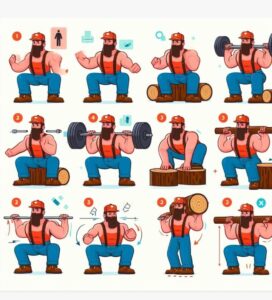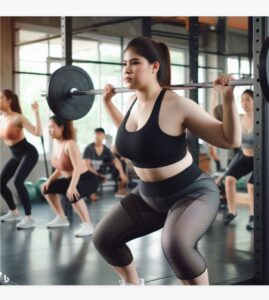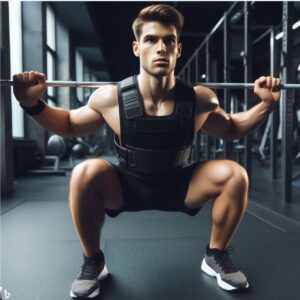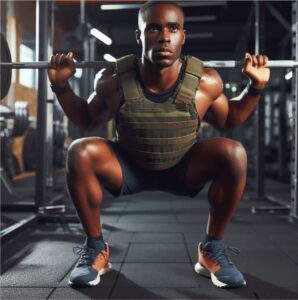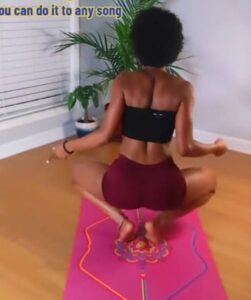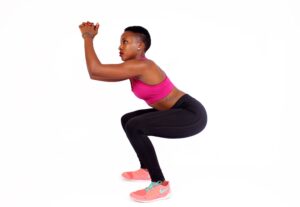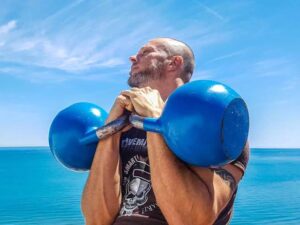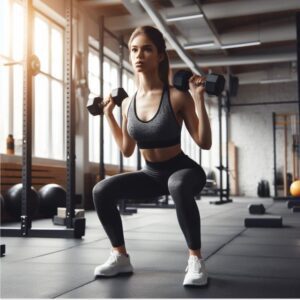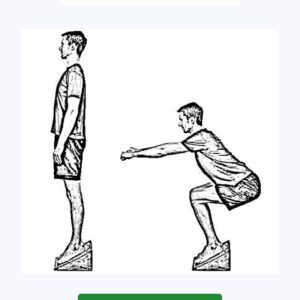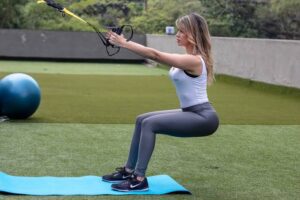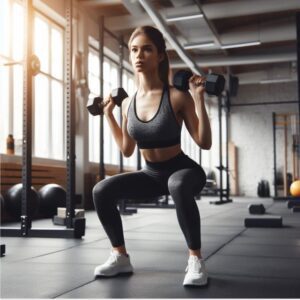
One-leg squats, also known as pistol squats, are a challenging exercise that targets multiple muscle groups in the lower body. While they may seem intimidating, incorporating one-leg squats into your fitness routine can offer numerous surprising benefits.
In this article, we will explore ten of these benefits and why you should consider adding one-leg squats to your workout regimen.
Before we explore the benefits of pistol squats (one leg squats) let’s first talk about the techniques and mechanism of the exercise.
Understanding One Leg Squats/Pistol Squat
What is One-Leg Squats? A one-leg squat, also called pistol squat or single leg squats, is a challenging exercise that targets the muscles of the lower body. The one-leg squat is similar to a regular squat, but you balance on one leg instead of distributing your weight across both legs during the exercise.
Muscles Worked:
- Quadriceps: The large muscles at the front of the thighs that are responsible for extending the knees.
- Hamstrings: The muscles at the back of the thighs that are responsible for flexing the knees.
- Glutes: The muscles that make up the buttocks and are responsible for hip extension and abduction.
- Calves: The muscles in the lower legs that are responsible for plantar flexion and dorsiflexion of the foot.
- Core: The muscles that support the spine and help to maintain balance.
How to Do One-Leg Squats with Proper Form:
Performing one-leg squats, also known as pistol squats, requires proper form to maximize the benefits and minimize the risk of injury. Here’s a step-by-step guide on how to do one-leg squats with proper form:
- Warm-up and Prepare: Before attempting one-leg squats, warm up your lower body with dynamic stretches like leg swings, high knees, and butt kicks. This will help prepare your muscles for the exercise and reduce the risk of injury.
- Stand with Proper Foot Placement: Start by standing with your feet shoulder-width apart. Your toes should be pointing slightly outward, creating a stable base of support.
- Engage Your Core: Engage your core muscles by drawing your belly button towards your spine. This will help maintain stability and protect your lower back during the exercise.
- Raise One Leg: Extend one leg forward, keeping it straight and slightly bent at the knee. Your toes should be pointing upwards. This is the starting position for the one-leg squat.
- Lower the Squat: Keeping your back straight and your core engaged, slowly lower your body as if you’re sitting into a chair. Aim to lower your hips until your thigh is almost parallel to the ground.
- Maintain Proper Form: Throughout the movement, ensure your knee of the supporting leg doesn’t cave inwards or flare outwards. Keep your toes pointing forward and your weight evenly distributed throughout the foot.
- Push Up to Return: Once you reach the desired depth, push through your heel of the supporting leg to return to the starting position.
- Repeat on the Other Leg: Perform the same movement with the other leg, extending it forward and lowering your body into a squat.
- Gradual Progression: If you’re a beginner, start with a few repetitions on each leg and gradually increase the number as you get stronger. You can also use a chair or a wall for support until you gain more balance and strength.
Tips for Proper Form:
- Focus on maintaining a neutral spine throughout the movement.
- Keep your weight evenly distributed between your legs during the transition from standing to squatting.
- Avoid leaning forward or backward as you lower your body.
- Breathe out as you push up to the standing position and inhale as you lower into the squat.
- Use a mirror or ask a friend to observe your form to ensure proper technique.
Modifications for Beginners:
- Chair Squats: If you find it challenging to balance on one leg, start with chair squats. Stand in front of a chair, raise one leg, and lower your body until your buttocks touch the chair, then stand back up.
- Box Squats: Use a box or platform to perform box squats. Stand on one leg and lower your body until your buttocks touch the box, then push back up to the standing position.
- Assisted Squats: If you need more assistance, use a resistance band or have someone lightly hold your arms for support.
Benefits of One Leg Squats (Pistol Squats)
One-leg squats are an excellent exercise for strengthening your lower body, improving balance, and enhancing flexibility. Here are Ten (10) Evidence base benefits of one leg squats:

1. Improved Balance and Stability
One-leg squats require significant balance and stability as you rely on a single leg for support. By practicing this exercise regularly, you can enhance your proprioception and strengthen the stabilizer muscles in your ankles, knees, and hips. This improved balance and stability can translate into better performance in sports and everyday activities.
2. Increased Leg Strength
This is an obvious benefits of this exercise. One-leg squats primarily target the quadriceps, hamstrings, and glutes. Performing this exercise with proper form and gradually increasing the difficulty can help build strength in these muscles. As a result, you may experience enhanced power, explosiveness, and overall leg strength.
3. Enhanced Core Stability
Maintaining proper form during one-leg squats requires engaging your core muscles. These muscles work to stabilize your spine and pelvis, providing a solid foundation for the exercise. Regularly performing one-leg squats can strengthen your core muscles, leading to improved posture and reduced risk of lower back pain.
4. Greater Hip Mobility
One-leg squats require a significant range of motion in the hips. By practicing this exercise, you can improve your hip mobility, allowing for better movement and reducing the risk of hip-related injuries. Additionally, greater hip mobility can enhance your performance in activities that require hip flexibility, such as dancing or martial arts.
5. Enhanced Flexibility
In addition to hip mobility, one-leg squats also promote flexibility in the muscles and tendons of the lower body. The deep squat position required for this exercise helps stretch the calves, hamstrings, and hip flexors. Regularly incorporating one-leg squats into your routine can contribute to increased overall flexibility.
6. Improved Joint Stability
One-leg squats engage the muscles surrounding the knee and ankle joints, helping to strengthen and stabilize these areas. This increased joint stability can reduce the risk of knee and ankle injuries, particularly for athletes who participate in activities that involve cutting, jumping, or pivoting.
7. Benefits Functional Fitness
One-leg squats mimic movements that occur in real-life activities, such as climbing stairs, getting up from a chair, or picking up objects from the ground. By incorporating this exercise into your workout routine, you can enjoy the benefits of improved functional fitness, making everyday tasks easier and reducing the risk of falls or injuries.
8. Core and Leg Symmetry
Most traditional leg exercises, like squats or lunges, involve both legs simultaneously. However, one-leg squats require you to work each leg independently. This helps to identify and correct any strength or muscle imbalances between the legs, ensuring that both sides of your body are equally strong and developed.
9. Time and Space Efficiency
One-leg squats are a compound exercise that targets multiple muscle groups simultaneously. This efficiency allows you to work your legs, core, and balance all in one movement, making it a time-saving option for those with busy schedules. Additionally, since one-leg squats can be performed with minimal equipment or in small spaces, they are suitable for home workouts or when access to a gym is limited.
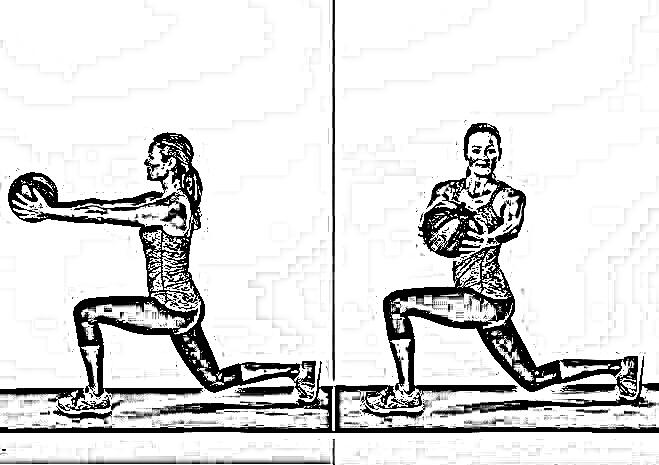
10. Mental Focus and Mind-Body Connection
Performing one-leg squats requires a significant amount of concentration and focus. The mind-body connection developed during this exercise can help improve proprioception, body awareness, and overall mindfulness. Furthermore, the mental challenge of mastering one-leg squats can boost self-confidence and provide a sense of accomplishment.
Summary: One-leg squats (Pistol squats) offer numerous surprising benefits, including improved balance, increased leg strength, enhanced core stability, and greater hip mobility. Incorporating this exercise into your fitness routine can help improve functional fitness, joint stability, and overall flexibility. Additionally, one-leg squats provide a time-efficient and mentally engaging workout option.
How to Optimize One Leg Squats Benefits
Optimizing the benefits of one-leg squats involves focused practice, proper form, and strategic progression. Here’s how you can maximize the advantages of this exercise:
- Gradual Progression: Start with partial one-leg squats or use support to maintain balance and stability, gradually progressing to unassisted full one-leg squats as strength and balance improve.
- Focus on Form: Maintain proper form throughout the movement. Ensure the knee tracks over the foot, the chest is upright, and the non-working leg remains extended in front for balance.
- Core Engagement: Engage the core muscles to stabilize the body. A strong core is crucial for balance and stability during one-leg squats.
- Balance and Stability Training: Practice balance exercises to improve stability and prepare the body for one-leg squats. Exercises like standing on one foot or using a balance board can help.
- Utilize Progressions: Utilize variations like assisted one-leg squats using a support, such as a TRX strap, to gradually build strength and balance.
- Increase Range of Motion: Work on improving flexibility in the hips, knees, and ankles to achieve a deeper range of motion in the squat, engaging more muscles and enhancing overall mobility.
- Consistent Practice: Regularly include one-leg squats in your routine to build strength and improve balance. Frequency and consistency are key to seeing progress and reaping the benefits.
- Mind-Muscle Connection: Focus on the targeted muscles. Concentrate on engaging the quadriceps, glutes, and core throughout the movement for maximal benefit.
- Proper Recovery: Allow for adequate rest and recovery between sessions to prevent overuse injuries and support muscle recovery and growth.
- Balanced Workout Routine: Incorporate complementary exercises that support the muscles involved in one-leg squats, such as lunges, step-ups, and glute exercises, for a well-rounded lower body workout.
By incorporating these strategies into your training routine and gradually progressing, you can optimize the benefits of one-leg squats. This approach will enhance lower body strength, balance, and functional movement, contributing to improved overall fitness.
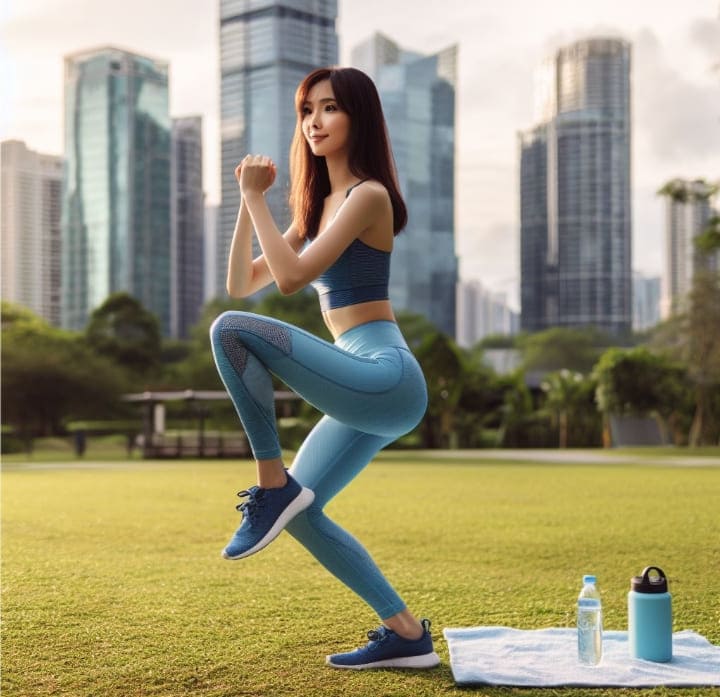
One leg Squats Workout Routine for Maximum Benefits
Here’s a sample one leg squat workout routine for maximum benefits, including the frequency, reps, and sets for optimal benefits:
One-Leg Squat Workout Routine
Frequency: 2-3 times per week
Warm-up (10 minutes)
- Light cardio: 5 minutes of jogging, jumping jacks, or cycling
- Dynamic stretches: Leg swings, high knees, butt kicks, arm circles
Workout (30-40 minutes)
One-leg squats: 3 sets of 10-12 repetitions per leg
- Stand with your feet shoulder-width apart.
- Raise one leg off the ground and bend the other knee, lowering your body as if you’re sitting into a chair.
- Keep your back straight, core engaged, and toes pointed forward.
- Lower until your thigh is almost parallel to the ground, or as deep as you can comfortably go.
- Push through your heel to return to the starting position.
- Repeat on the other leg.
Rest for 30-60 seconds between sets.
One-leg lunges: 3 sets of 10-12 repetitions per leg
- Stand with your feet hip-width apart.
- Step forward with one leg and lower your body until your back knee almost touches the ground.
- Keep your front knee bent at a 90-degree angle and your front heel on the ground.
- Push through your front heel to return to the starting position.
- Repeat on the other leg.
Rest for 30-60 seconds between sets.
One-leg Romanian deadlifts: 3 sets of 10-12 repetitions per leg
- Stand with your feet hip-width apart.
- Hinge at your hips and bend forward, lowering your torso towards the ground.
- Keep your back straight, core engaged, and legs straight.
- Lower until you feel a stretch in your hamstrings, then push through your hips to return to the starting position.
- Repeat on the other leg.
Rest for 30-60 seconds between sets.
Box jumps (optional): 3 sets of 10-12 repetitions per leg
- Stand in front of a box or platform.
- Squat down and explode upwards, jumping onto the box.
- Softly land on both feet and control your descent.
- Step off the box and repeat.
Rest for 30-60 seconds between sets.
Single-leg calf raises: 3 sets of 15-20 repetitions per leg
- Stand with your feet hip-width apart.
- Raise one heel off the ground, balancing on the ball of your foot.
- Lower your heel back down to the ground.
- Repeat on the other leg.
Rest for 30-60 seconds between sets.
Cool-down (10 minutes)
- Static stretches: Hold each stretch for 30 seconds
- Hamstring stretch: Sit on the floor with your legs extended in front of you. Reach towards your toes, keeping your back straight.
- Quadriceps stretch: Lie on your side with one leg bent and your foot flat on the floor. Grab your foot and pull it towards your buttocks.
- Calf stretch: Stand facing a wall and place one foot behind you, keeping your heel on the ground. Lean forward, keeping your back straight and heel on the ground, until you feel a stretch in your calf.
Tips:
- Start slowly and gradually increase the number of repetitions as you get stronger.
- Use a chair or wall for support if you need it.
- Focus on maintaining proper form throughout the entire workout.
- Breath out as you exert force and inhale as you relax.
- Listen to your body and take rest days when needed.
Remember that this is just a sample workout routine. You may need to adjust the exercises, reps, and sets to fit your own fitness level and goals. It is always a good idea to consult with a certified personal trainer to create a workout plan that is safe and effective for you.
Related Posts
Reference:
[1] https://www.outsideonline.com/health/training-performance/why-you-should-squat-one-leg/
[2] https://barefitness.fit/blog/view/single-leg-vs-squats-pros-and-cons
[3] https://www.shape.com/fitness/tips/how-to-single-leg-squat-exercise-benefits-form
[4] https://www.verywellfit.com/build-balance-and-strength-with-single-leg-squats-3119147
[5] https://www.runnersworld.com/uk/training/cross-training/a42669068/single-leg-squat/
[6]https://www.hingehealth.com/resources/articles/single-leg-squat/
